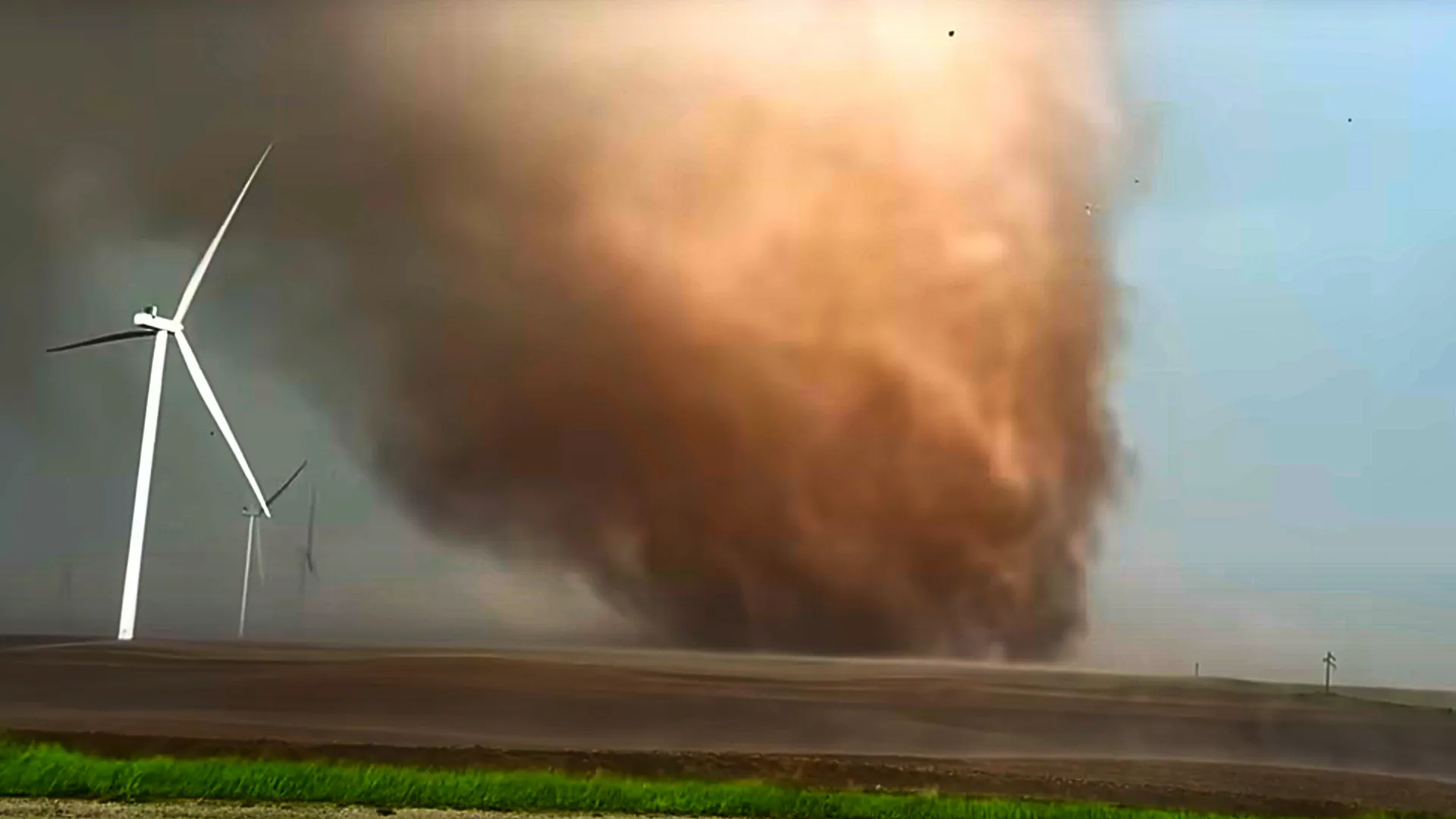
The 2024 tornado season has become one of the most active in over a decade, fueled by an unusual combination of peak tornado outbreaks in May and hurricanes generating high tornado counts. As of early November, the United States had recorded 1,732 tornadoes—well above the 14-year average of 1,355, according to NOAA's Storm Prediction Center.
While this year's count is impressive, it remains shy of the historic 2011 season, when over 2,250 tornadoes were documented. Even so, with numerous storms and hurricanes pushing activity beyond typical patterns, 2024 remains an exceptionally intense year for severe weather.
After a relatively calm start to the year, May marked a significant turning point for tornado numbers, especially in Tornado Alley. Texas leads with over 150 tornadoes this season, aided by Hurricane Beryl, which brought storms further inland. Nebraska and Iowa follow closely with 131 tornadoes each, while Illinois has recorded 126. This shift toward Tornado Alley—following several years when tornado counts were higher in regions like the Southeast—marks a return to traditional patterns of tornado frequency.
Several states outside of the central tornado-prone regions experienced surprising spikes in tornado activity. Florida, ranked fifth nationwide, recorded an unusually high number of tornadoes, particularly due to Hurricane Milton, which generated more than twice the state's previous record for tornadoes in a single day.
Ohio saw 81 tornadoes, due to a series of outbreaks between February and May. New York, typically quiet for tornado activity, recorded 32 tornadoes this year—a threefold increase over 2023's total of 10. Final annual figures are still pending, but both states may set new records for tornadoes in a single year.
Hurricanes significantly shaped the tornado landscape in 2024, with Hurricane Beryl, Hurricane Debby, Hurricane Helene, and Hurricane Milton collectively responsible for 178 tornadoes. Although this tally is substantial, it falls short of the record-breaking years of 2004 and 2005, which saw 317 and 237 hurricane-spawned tornadoes, respectively. In 2004, four hurricanes struck Florida, and in 2005, hurricanes like Katrina and Rita made history both in damage and tornado activity.
The 2024 tornado season saw an increase in tornado warnings as well, with the National Weather Service issuing 3,404 warnings—the highest since 2011. Florida, Oklahoma, Ohio, and New York set individual records for the number of tornado warnings issued in a single year.
Only three states—Nevada, Vermont, and Maine—reported zero tornadoes in 2024, highlighting the broad reach of severe weather this year.
The 2023 tornado map differed, with Illinois holding the top spot at 118 tornadoes and Colorado second with 88. While the 2024 season witnessed tornadoes in Texas, Nebraska, and Iowa among the highest states, the Northeast and Ohio Valley also saw increased tornado counts, demonstrating the wide distribution of tornado activity.
Following a surge in tornado reports in early November, forecasters are cautiously optimistic. According to AccuWeather's Lead Long-Range Expert Paul Pastelok, while severe weather may still occur in the next two weeks, the conditions for tornadoes may soon diminish as storm systems shift northward, away from Gulf moisture. Though tornadoes may decrease, high winds and hail could continue to impact certain regions.
As we close out the year, the 2024 tornado season's high count and unusual geographic distribution will likely remain a memorable chapter in U.S. weather history.